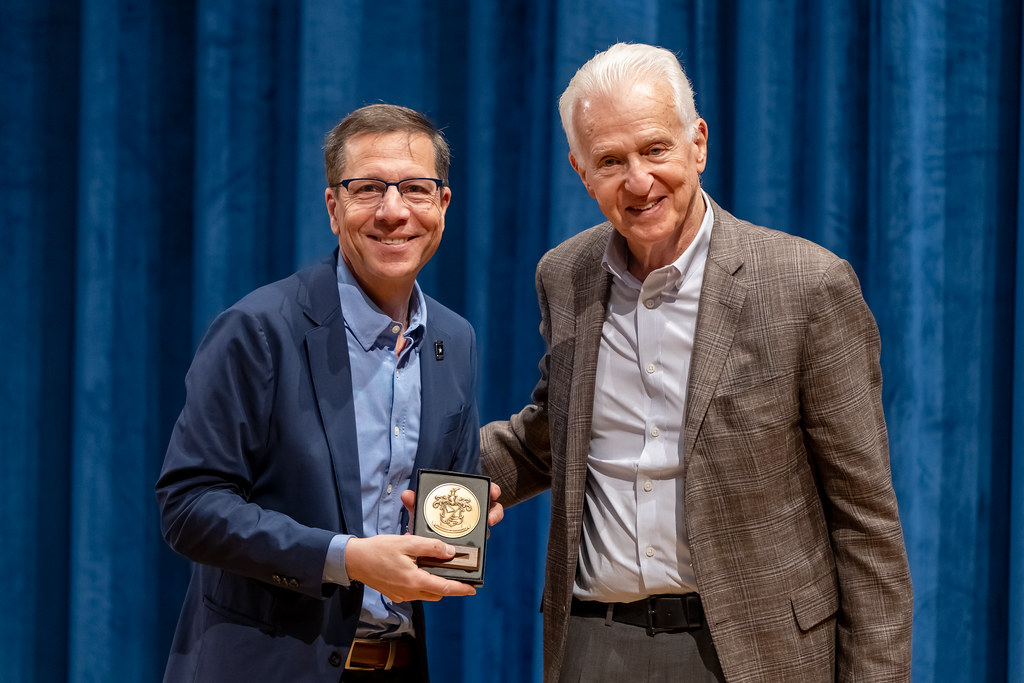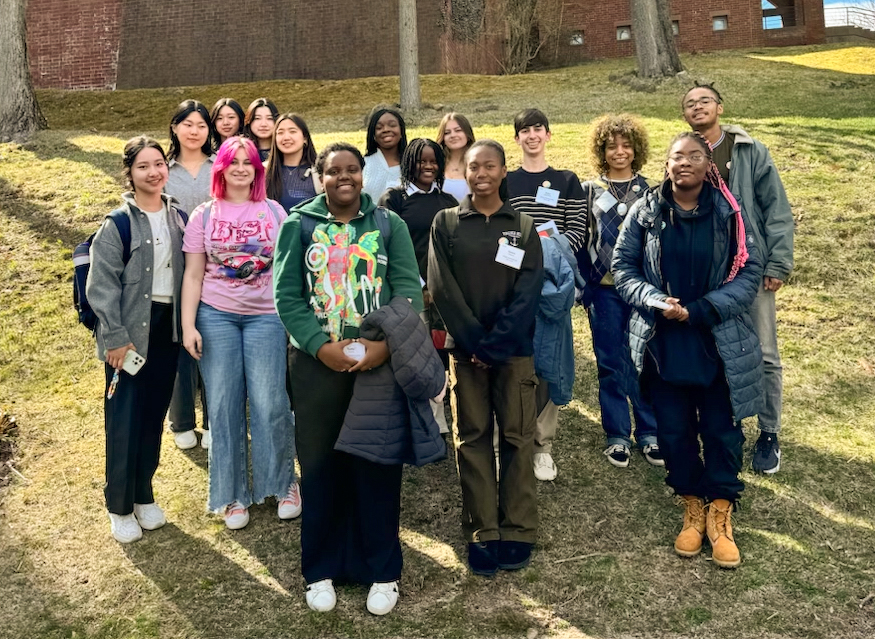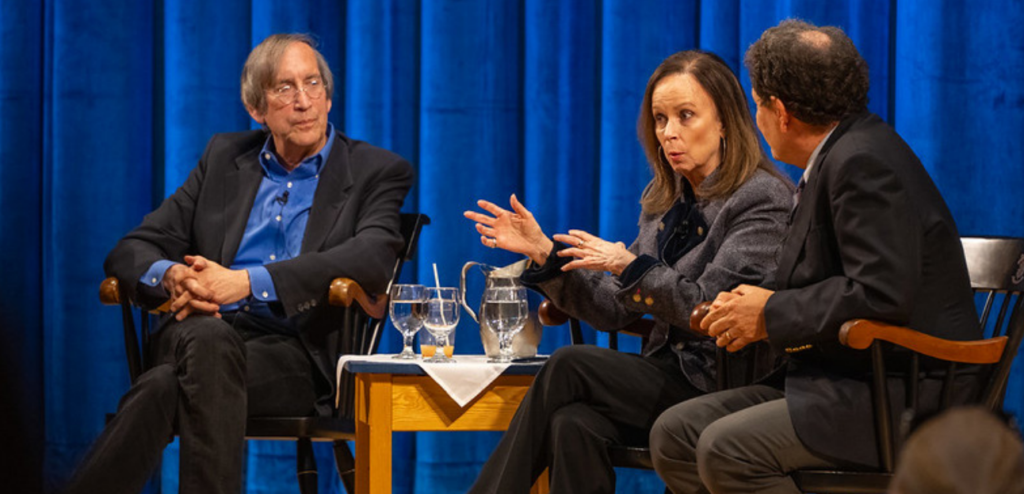Many of the recent changes to school policy, such as those regarding the dress code and the class schedule, originated in a faculty committee. Each year, faculty committees assemble to look deeply at some aspect of school life. The reports they produce benefit the school in both concrete and abstract ways.
Recently, Ms. Katie Levesque, Dean of Faculty, explained that there are two types of committees: standing and ad hoc. Standing committees last for many years, focusing on the overall vision for the school. Current standing committees include the faculty committee, which allows the faculty to raise points of concern to the administration; the sustainability committee, which examines ways Choate uses natural resources; and the diversity education committee, which considers how the school might continue to promote awareness of difference and inclusion.
In contrast, faculty members sometimes form short-lived ad hoc committees to address a simmering issue on campus. Last year, for instance, a committee studied Choate’s dress code and recommended many of the changes that the administration implemented last fall. Another recent committee drafted an improved statement of expectations. Other ad hoc committees have included the daily schedule committee; the health, wellness, and readiness for adult life committee; the signature programs review committee; and the curriculum review committee.
“We have a handful of standing committees, but more frequently committees are the ad hoc,” Ms. Levesque said. “We want to look at this issue or topic, and we pull together a group of colleagues to do that, and then it’s over.”
Ms. Levesque added, “A lot of committees grow out as a response to what is happening on campus. It is hard to predict in advance what we might be coming up on next year. My guess is that after we adjust the daily schedule, there might be a group that thinks about the impact on our school calendar and other details around that.”
Faculty members typically volunteer to serve on a committee. “We usually make an announcement to the faculty explaining the charge and what we are looking for. From that, we get a list of volunteers and pick a cross-section of folks, since we want to have a variety of perspectives,” Ms. Levesque explained. “Most committees have one chair or two co-chairs that have received their charge from a senior officer at the school.”
Ms. Levesque and other senior administrators do not always have a strong role in the projects. “Typically, I would not be going to the meetings of the committee. I would be sitting down and getting a report and hearing from that group,” she said.
Nevertheless, the administration has set guidelines for committee work. Each committee works with a separate timeline. Ms. Levesque said, “Checkpoints are often built into their charges. There needs to be a draft of recommendation by this date, and so on. From that, we can get a sense of progress.”
Additionally, committees can sometimes solicit the opinions of the Choate community. Ms. Levesque commented, “In any process that affects students, we would want to make sure the student voice is involved in one way or another.”
She mentioned the ad hoc committee that drafted the Statement of Expectations in 2014 as an example. Ms. Levesque continued, “We did a draft, but it was not the committee alone that finalized it. We needed input from trustees, faculty, and students before it was settled.”
Additionally, students composed a majority of the dress code committee when the school decided to change the dress code. Ms. Levesque said, “Though it doesn’t always practically work to have students on the committee, certainly the student voice is an important component of the work that faculty do.”




